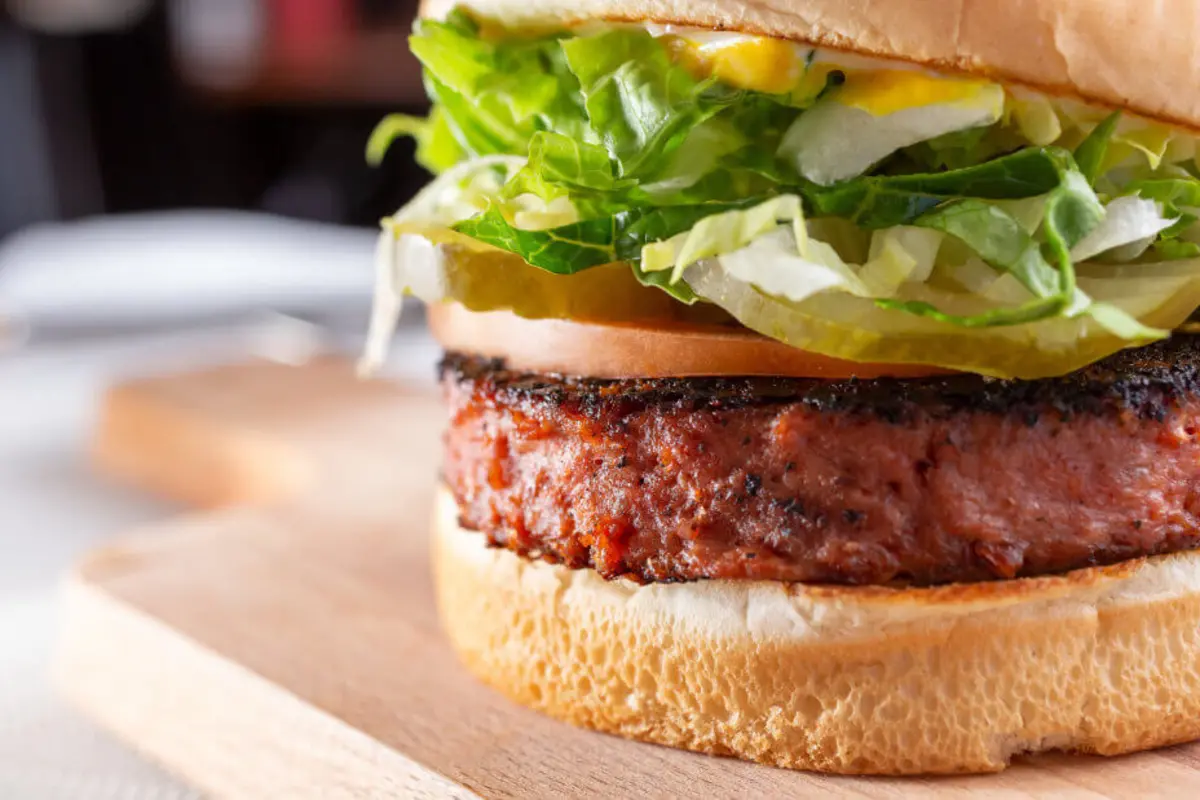Yeast extract properties
As a flavoring, a little yeast extract goes a long way. So with a protein content of around 60%, it can't meet recommended protein allowances. But it can support a protein-rich diet by complementing other protein intake. It's a natural flavoring that's been a food ingredient since the beginning of the last century.














